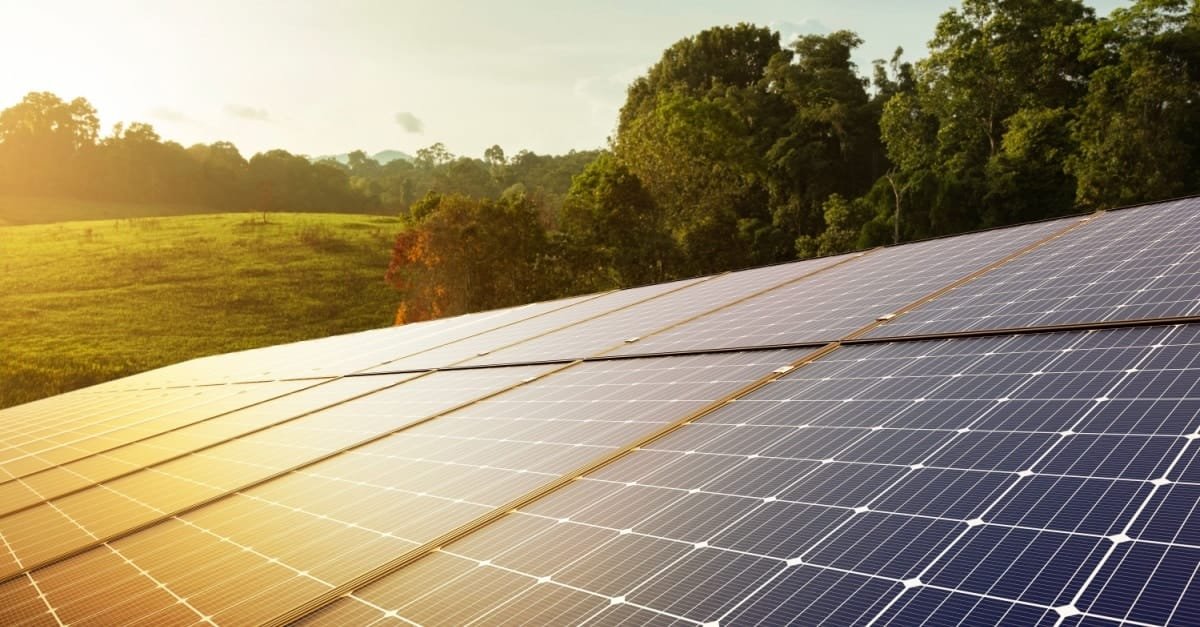Clean energy projects are transforming Leyte into a leading center for renewable power, led by the 240-megawatt (MW) San Isidro Solar Plant set to go online this year. Spanning over 200 hectares, it will be one of the largest solar farms in the Visayas once completed.
With an approximate P1.65 billion allocated for its transmission line, the facility will link directly to the Visayas grid. Developed by Total Power Inc., the project is poised to make a meaningful impact on the Philippines’ push for renewable energy (RE).
Leyte Governor Carlos Jericho Petilla emphasized that the presence of multiple RE facilities strengthens the province’s energy security, especially during disasters when supply lines from other regions are disrupted.
“This is a good thing because this means we have a central power source. And solar power will prove to be an advantage during summer season when it stores the most solar power; at which time coal-fired power generation can face drawbacks due to overheating,” he explained.
Many electric cooperatives in Leyte currently rely on power sourced from Luzon and Mindanao. Strengthening local energy reliability is expected to boost investor confidence, attracting a wider range of businesses to the province.
(Also read: Negros Occidental Seals P158-M Deal for Solar Power in Government Facilities)
Emerging RE hub
Because Leyte teems with vast clean energy potential and attracts growing investments in sustainable power projects, it is quickly establishing itself as a leading green energy hub in the Philippines.
The province hosts one of the world’s biggest geothermal facilities, the Leyte Geothermal Power Complex, spanning Tongonan, Ormoc City, and Kananga. Run by the Energy Development Corporation (EDC), it generates more than 700 MW, powering much of the Visayas and sections of Luzon and Mindanao.
Meanwhile, Palo town hosts a 50-MW solar power facility spread across 72 hectares in Barangay Castilla. Operated by Sulu Electric Power and Light (Philippines) Corp. (SEPALCO), the plant adds significant capacity to the region’s RE mix.
Even the local government has embraced RE, with the Leyte Provincial Government Complex in Palo powered by a P70-million solar project since 2023, following the relocation of the provincial seat to the facility.
(Also read: Stunning Shores, Unstable Power: A Tale of Two Realities)
New RE venture
Leyte is set to gain 240 MW of new solar capacity as Emerging Power Inc. (EPI), Nickel Asia Corporation’s RE arm, partnered with Shell Overseas Investments B.V. Through their joint venture, Greenlight Renewables Holdings Inc., they will launch two 120-MW solar farms in the province by 2025, part of a larger 650-MW rollout nationwide.
In January 2024, Nickel Asia Corp. injected P2.92 billion into EPI through a subscription of additional common shares to fund ongoing operations and future projects.
A common target of 1 gigawatt (GW) in RE capacity by 2028 is driving the partnership between EPI and Shell. The two companies are optimistic they will surpass this goal as they expand their clean energy portfolio.
Leyte is rapidly becoming a key contributor to the Philippines’ transition toward sustainable energy, driven by a series of significant solar power developments. These efforts highlight the nation’s ongoing dedication to broadening its RE capacity. Through these projects, Leyte is positioning itself at the forefront of the country’s clean energy movement.
Sources:
https://pia.gov.ph/leyte-emerging-as-nations-renewable-energy-capital
https://www.philstar.com/business/2023/04/24/2261088/emerging-power-roll-out-new-re-projects
https://business.inquirer.net/450719/epi-to-exceed-1-gw-goal-by-2028


